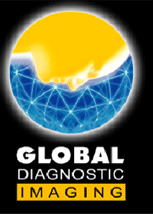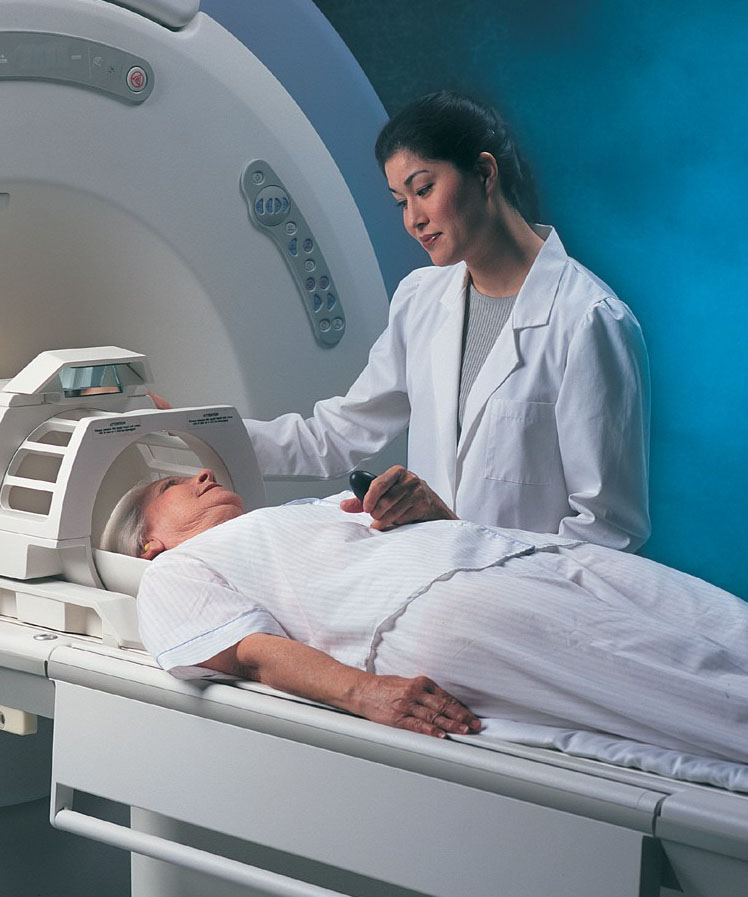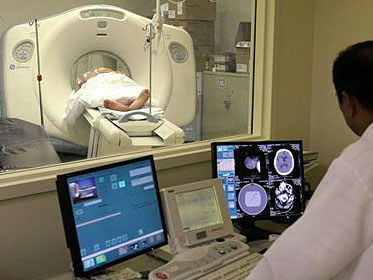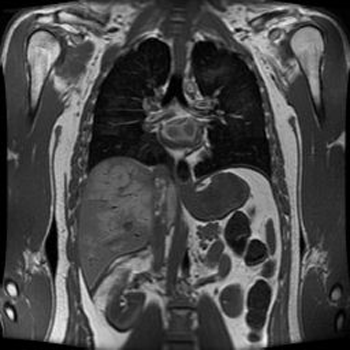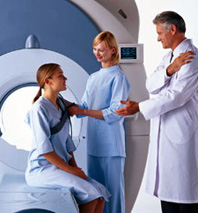Information
for Patients
Welcome to
Global Diagnostic Imaging's patient resource page. Global Diagnostic Imaging
is committed to providing the highest quality in care to our patients. We
continually refine the care we provide, we monitor and measure the treatments
our patients receive and evaluate our performance against our own rigorous
standards as well as industry benchmarks.
At Global Diagnostic Imaging, we define quality
as:
- Superior Care and Outcomes
- Outstanding Patient Care
- Excellent Service and Patient Satisfaction
- Physician & Patient Education
We're
leaders in interpreting and diagnosing— the most complex conditions. We have
years of experience in treating patients and are experts in treating as well
as preventing. We strive to better serve patients, to improve the health care
experience.
What
Is CT Angiography
CT
(computed tomography) angiography (CTA) is an examination that uses x-rays
to visualize blood flow in arterial and venous vessels throughout the body,
from arteries serving the brain to those bringing blood to the lungs, kidneys,
and arms and legs. CT combines the use of x-rays with computerized analysis
of the images.
What
Is MRI Angiography
Magnetic
resonance imaging (MRI) is a method of producing extremely detailed pictures
of body tissues and organs without the need for x-rays. The electromagnetic
energy that is released when exposing a patient to radiofrequency waves in
a strong magnetic field is measured and analyzed by a computer, which forms
two- or three-dimensional images that may be viewed on a TV monitor. MR angiography
(MRA) is an MRI study of the blood vessels.
What
Is Ultrasound
Ultrasound
(US) imaging, also called ultrasound scanning or sonography, is a method of
obtaining images from inside the human body through the use of high frequency
sound waves. The reflected sound wave echoes are recorded and displayed as
a real-time visual image. Ionizing radiation (x-rays) are not involved in
ultrasound imaging.
Ultrasound
is a useful examination tool for many of the body's internal organs, including
the heart, liver, gallbladder, spleen, pancreas, kidneys, and bladder. Because
ultrasound images are captured in real-time, they can show movement of internal
tissues and organs, and enable physicians to see blood flow and heart valve
functions.
What
Is CT Angiography
What
Is MRI Angiography
What
Is Ultrasound
For
specific information about an exam we perform Select
Exam to view more detailed info about
exam.
Information
About Exams
How should I prepare for a CT procedure -
How
should I prepare for the procedure?
Depending on the part of the body to be examined, you may be asked to take
only clear liquids by mouth before CTA. You may be asked whether you have
asthma or any allergies to foods or drugs, and what medications you are currently
taking. If you are pregnant, you should inform the technologist before the
procedure. You probably will not have to undress if you are undergoing an
exam of the head, neck, arms or legs but you will have to remove any jewelry,
hair clips, dentures and the like that could show up on the x-rays and make
them hard to interpret
How should I prepare for a MRI procedure -
The
magnetic field used for MRA will pull on any iron-containing object in the
body, such as a heart pacemaker, intrauterine device, vascular access port,
metal plate, pins, screws or staples. You will be given a questionnaire to
answer regarding these issues. The radiologist or technologist should know
about any such item and also whether you have ever had a bullet in your body,
whether you ever worked with metals, or if you have had a joint replacement.
If there is any question, an x-ray can be taken to detect metal objects.
How
Should I prepare
